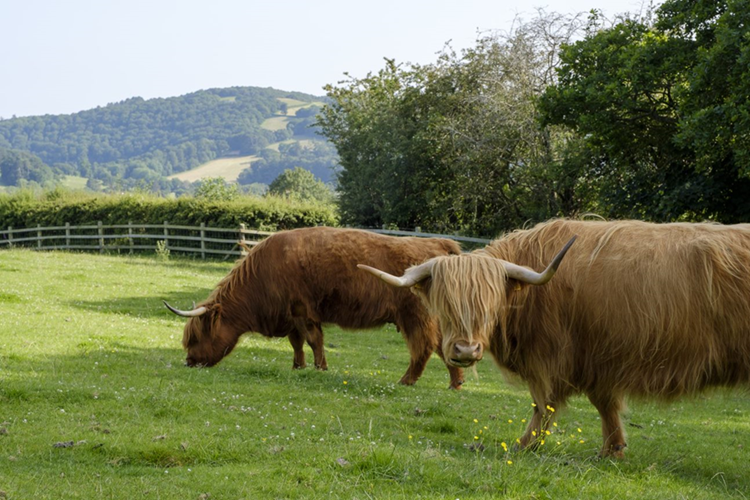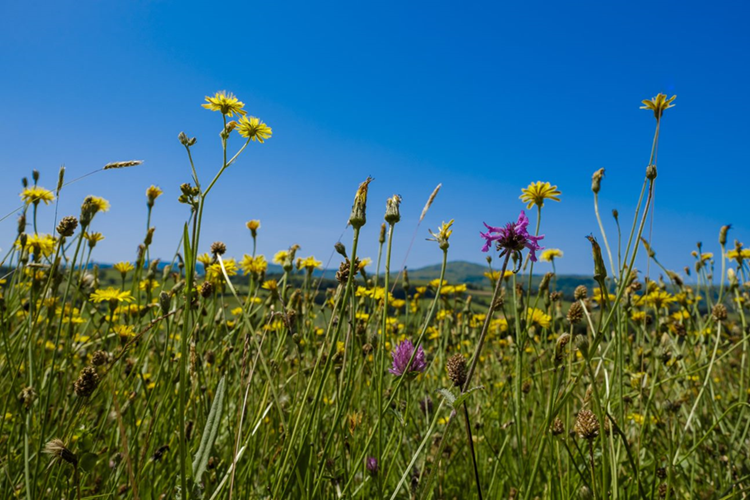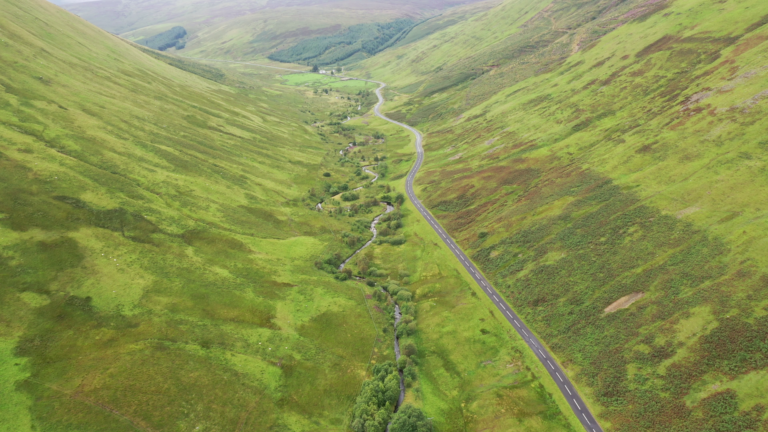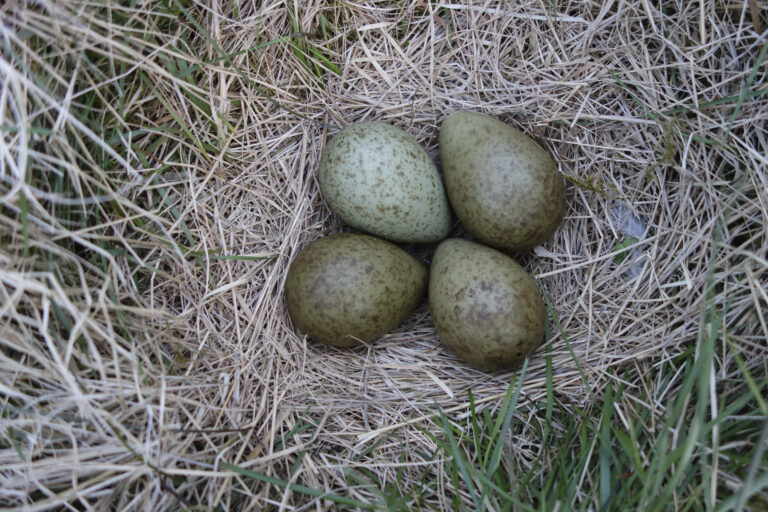By Jo Riggall, grasslands advocacy officer, Plantlife
You may have heard of machair, an iconic and extremely rare grassland habitat that’s studded with wildflowers. But other types of species-rich grassland in Scotland are also worryingly rare, such as lowland hay meadows. These diverse habitats have developed over centuries, hand-in-hand with traditional farming and crofting practices, such as hay production and low-intensity grazing.
However, with the intensification of agricultural practices and other pressures, we now only have tiny remnants of these precious grasslands left. Today, most grasslands in Scotland are intensively managed and are extremely poor for biodiversity.
Farmers and crofters are at the heart of ambitions to reverse the loss of species-rich grasslands and boost biodiversity, whilst producing nutritious food. But these habitats also have an important, and often undervalued, role in climate change mitigation and adaptation. Species-rich grasslands require very little to no fertiliser or pesticide, so farmers and crofters can both save money on these costly inputs and avoid the carbon emissions that are released during their manufacture or use.
Other harmful impacts of fertiliser can also be avoided by managing species-rich grasslands, such as the deposition of nitrogen from ammonia emission. This can damage vegetation, run off into waterways and cause eutrophication (a process that results in the build-up of nutrients in bodies of water) – as well as harming human health through the formation of particulate matter. Species-rich grassland therefore contribute to cleaner air and water, which aren’t just essential for plants and wildlife, but for humans too!
The appropriate management of species-rich grasslands, which can include grazing or mowing in the right place at the right time, can help plants such as Scottish bluebell (Campanula rotundifolia) and Meadowsweet (Filipendula ulmaria) to flourish. Excitingly, it’s also this diversity of plant communities and their roots which support these grasslands to sequester and store carbon, as they’re able to draw down carbon into the soil and access water and nutrients – allowing them to also be more resilient in the face of drought.

Healthy soils of species-rich grasslands are full of abundance and diversity of microbes, mycorrhizal fungi and invertebrates, such as earthworms, that facilitate greater carbon sequestration and storage. It really is a virtuous circle of less carbon-intensive management practices helping to create more diverse communities of plants and fungi, which in turn can store more carbon.
This can be achieved in tandem with sustainable food production, as species-rich grassland requires grazing to ensure that rank scrub and vegetation doesn’t outcompete the more sensitive plants.
With grasslands covering 17% of Scotland’s land, they have huge potential to help achieve the Scottish Government’s legally binding targets on nature recovery and climate change mitigation and adaptation. To achieve this, farmers and crofters need to be supported so that many more of them can manage their land in a way that is multifunctional: enabling nature’s recovery, creating connected species-rich grassland habitats at landscape-scale, and helping to mitigate and adapt to the effects of climate change.
In its Farm for Scotland’s Future campaign, Scottish Environment Link has set out a positive vision for what this might look like. Read the report ‘Farm for Scotland’s Future: the case for change’ and be inspired to imagine a possible future of sweet-smelling hay meadows that thrum with bees, and pastures that are full of thriving wildflowers, fungi, and other wildlife.
Disclaimer: The opinions expressed in this blog are the author’s and do not necessarily represent the views of all the organisations backing the Farm for Scotland’s Future campaign.




